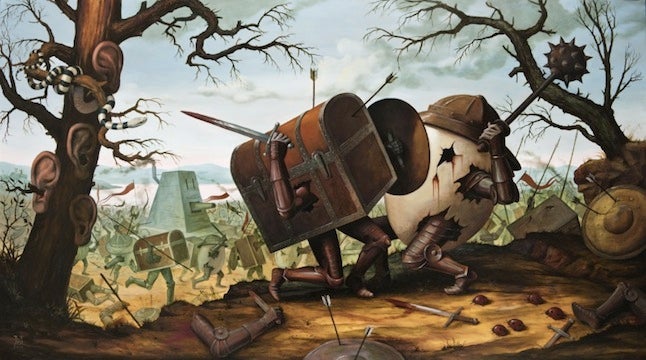While developing my research assignment through fairy tales I am following the actions of Group One where there are six students that consist of two higher level learners, two middle and two lower. These six students were asked to create a spider diagram around fairytales and what it meant to them they were record with their permission for research purposes only and these were some of the outcomes of the recordings.
- One student led the group acting as the leader, letting students voice their opinion but persuading their views on particular fairytales.
- They were basing most of their knowledge of fairytales on movies they had watched.
- Within the movies Frozen and Tangle students were looking at areas they like and why.
- They all thought that the movies were interesting and had an element or romance, betrayal but had great adventures along the way with a clear moral throughout the story line.
- Most students could relate the movies back to a significant fairytale to look at further.
- One student like the idea of magic as it made her feel special.
- Within the story of tangle a couple of students liked the idea that the characters were not perfect and they could relate to this more.
- The final discussion to choose one fairytale was chosen by minority where they put their hands up.
- This group is now looking at the Frozen (Snow Queen).





 SEXPAND
SEXPAND